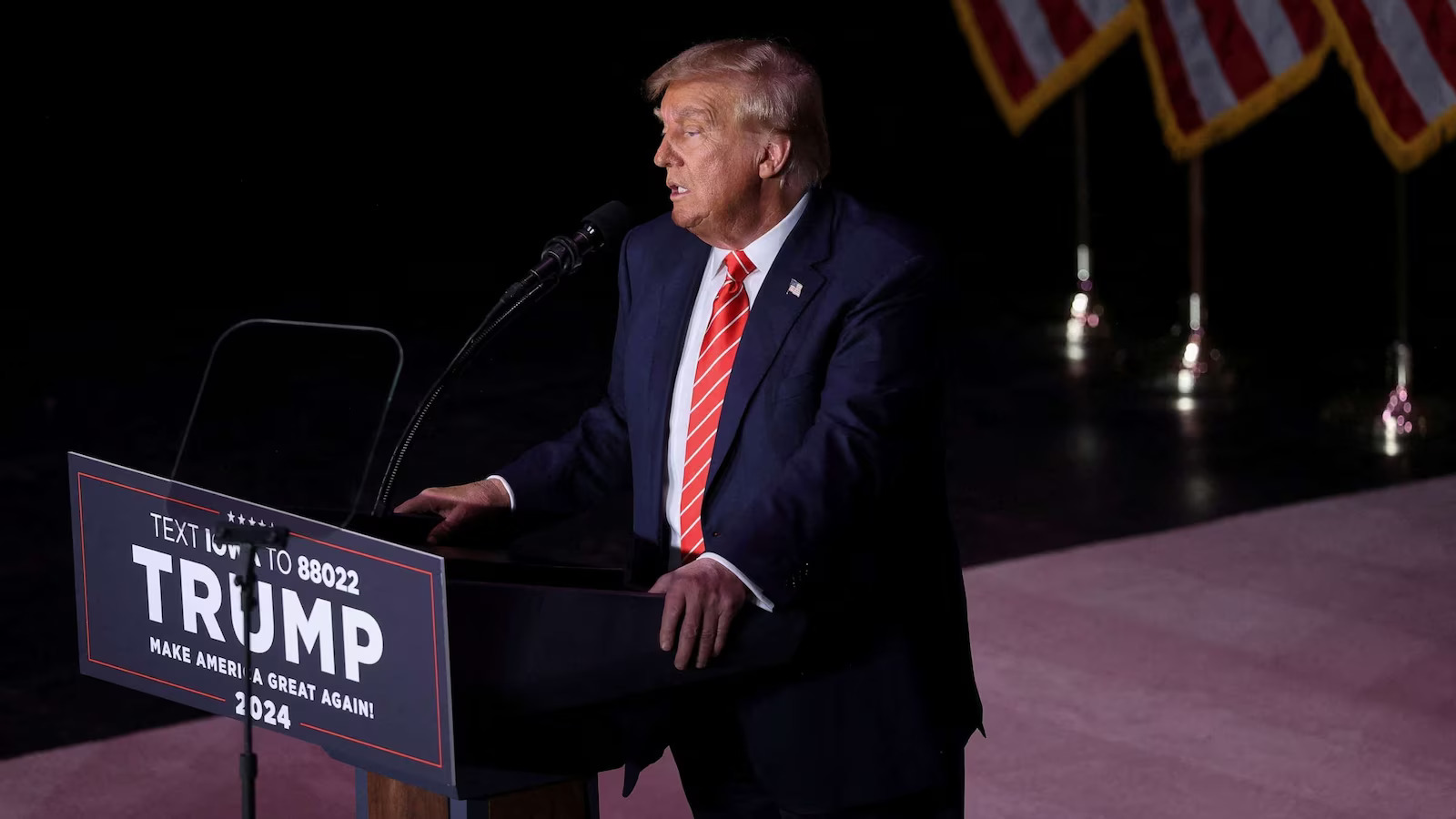Donald Trump is set to become the Republican nominee for the presidency of the United States, a fact that became abundantly clear after the Iowa caucuses this week. The victory margin achieved by Trump in 2024 surpassed any previous Republican candidate’s success in Iowa.
Notably, Bob Dole’s 13-point win over Pat Robertson in 1988 had been the record, leaving Vice President George W. Bush far behind by 18 points. Even with this historical context, some might have considered Trump beatable if he had won by 18 points or less over his closest rival, Florida Governor Ron DeSantis.
However, Trump’s triumph was far more decisive, defeating DeSantis by almost 30 points. The Associated Press called the race for Trump just over half an hour after the caucuses began. Trump’s dominance was further underscored by the fact that he secured 51 percent of Iowa’s voters, an absolute majority that would have made him unbeatable even in a hypothetical two-person race.

The post-Iowa landscape sees one of Trump’s competitors, biotech entrepreneur Vivek Ramaswamy, who finished fourth with 7.7 percent of the vote, suspending his campaign and endorsing President Trump. This endorsement could potentially boost Trump’s nationwide support to over 70 percent among Republicans, based on recent polls. In New Hampshire and South Carolina, the RealClearPolitics polling averages indicate significant support for Trump, especially with Ramaswamy’s endorsement.
While some may consider New Hampshire a potential battleground, it remains the only primary contest where a competitor might feasibly challenge Trump. This would necessitate either Governor DeSantis or former Ambassador Nikki Haley dropping out, endorsing the other, and securing 100 percent of their former competitor’s supporters with zero defections to Trump. Given the contentious relationship between the two challengers, such a scenario seems almost impossible.
Drawing parallels with the 2016 election, where #NeverTrump faced challenges once it became clear Trump was on the path to the nomination, the article reflects on unsuccessful attempts to unbind Trump’s delegates and promote alternative candidates. The narrative criticizes past efforts to undermine Trump’s victory, highlighting the futility of such endeavors.
In conclusion, the article asserts that the mathematical viability of Trump’s competitors is questionable, and their continued pursuit is seen as a waste of resources. The #NeverTrump donor class is criticized for supporting candidates with little realistic chance of success, likening their actions to a futile attempt to make a “tin Goddess dance.” The article expresses a sense of mourning for the resources being squandered and suggests that the only way to stop such endeavors is through the ballot box, as demonstrated by Trump’s recent success in Iowa.

